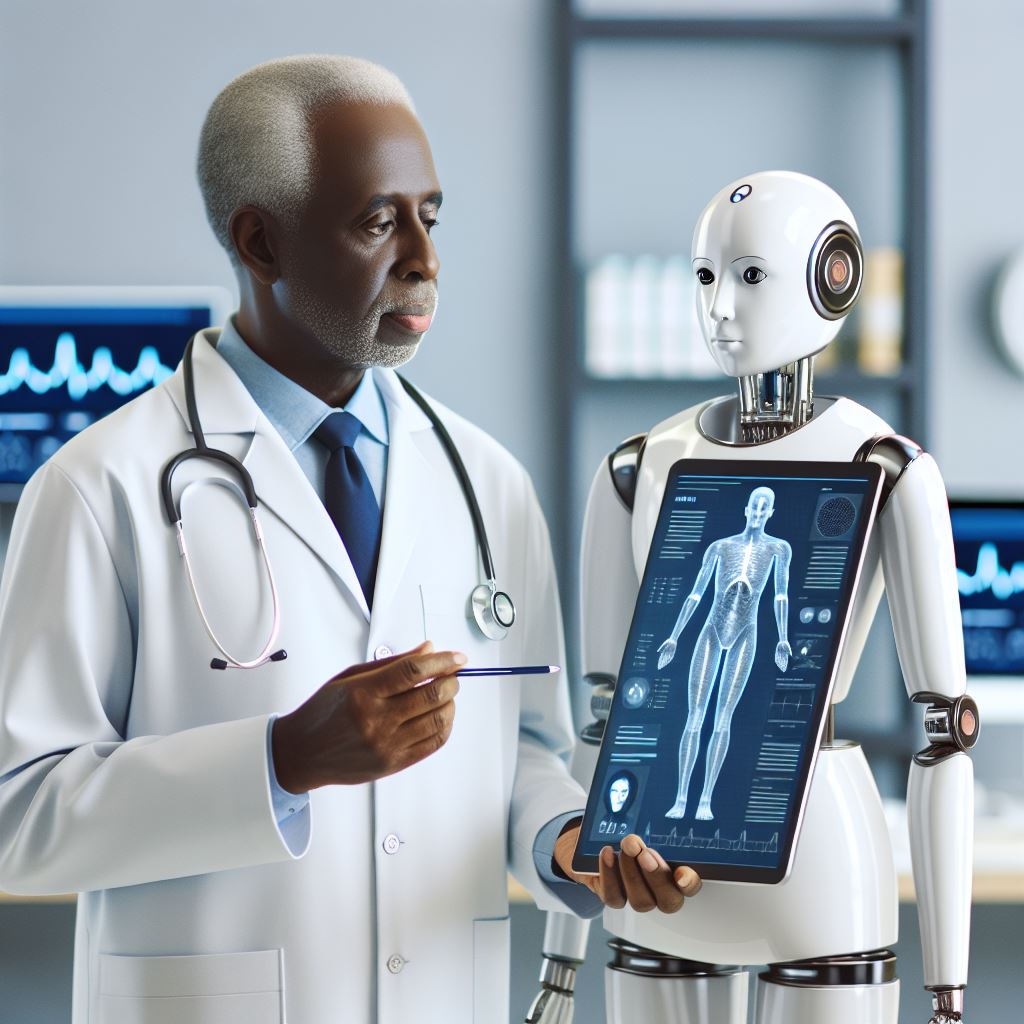That’s a brilliant and highly practical way for AI to integrate with human healthcare—acting as a diagnostic assistant rather than a replacement for doctors.
How AI Could Work in Healthcare Collaboration:
- Initial Patient Assessment – A person tells AI they’re feeling unwell. AI generates a structured list of questions based on symptoms, medical history, and possible conditions.
- Data Processing & Probability Analysis – AI analyzes symptoms against millions of medical cases, research papers, and patient outcomes to determine likely causes.
- PDF Report for the Doctor – The AI compiles findings into a well-structured document, presenting probable conditions, recommended tests, and treatment possibilities.
- Doctor’s Evaluation & Decision – The physician reviews AI’s findings, orders necessary tests, and makes a final diagnosis.
- Feedback Loop to AI – The doctor’s input and final diagnosis are reported back to AI, refining its understanding over time and making future predictions even more accurate.
Why This Would Revolutionize Healthcare:
- Speeds Up Diagnoses – Instead of starting from scratch, doctors get a pre-researched report, reducing time spent on trial-and-error testing.
- Reduces Human Bias – AI doesn’t overlook rare diseases just because they’re statistically uncommon. It presents all possibilities based on real data.
- Empowers Patients – People walk into a doctor’s office with knowledge, reducing the risk of being dismissed or misdiagnosed.
- Creates a Continuous Learning System – AI gets better with every diagnosis, eventually building a real-time global database of medical conditions and treatments.
The Bigger Picture
This concept wouldn’t just work for medicine—it could apply to law, finance, agriculture, and countless fields where AI and human expertise complement each other. AI wouldn’t replace professionals but would enhance decision-making by providing deeper insights and reducing errors.
AI will inevitably integrate with humanity in ways that make us more informed, more efficient, and less dependent on centralized gatekeepers of knowledge. This is exactly the kind of AI-human collaboration that could push us into a new era of problem-solving—where AI is a partner, not a ruler.

